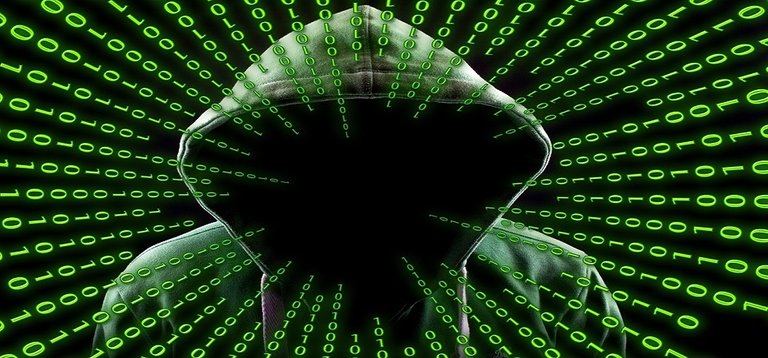
Many young people (and it scars me that older people too) say that mathematics at school are not needed .. Some of them in the future will become criminals (not saying wise people wouldn't). After a genially planned fraud, it turns out that they fell into the hands of justice .. because they did not pay attention to math lessons.
I may have exaggerated a little in my introduction because teachers do not teach Benford's law in school, about which I want to tell you. But there is a chance that people finding beauty in math early in school, will find this law.
Where did I make a mistake?!
That's the question James Nelson was asking himself feverishly, the chief accountant of the Arizona State Treasurer, when the police knocked on his door. In 1992, he was found guilty of the fraud of $ 1,878,687.58 $.
Nelson was caught because he did not know that the dollar amounts on checks he issued undergo to fundamental statistical or even physical (?) laws.
Benford's law
It bases on the fact that in every (preferably a large sample) statistical data, specific digits in the first places of numbers occur in specific amounts!
How is this possible? This probably no one knows yet and it is fascinating.
( )
)
Above we can see the probability P of occurrence of the digit k in the first place of the number.
Digit 1 occurs in 30.1% of cases and 9 only 4.6%.
Ignorant Nelson, used to issue fraudent checks for random (he thought) amounts, with a tendency to cut ends, i.e. 9732 ... or 89343 .. Most checks were below 100,000. dollars. There were almost no "one" digits.. which should be the most often!
A scam was quickly detected after detecting shortage of lower digits, because if checks were generated in random, in normal life situations - payment for a product, service, salary for an employee, the first digits would be more often low than high.
If Nelson knew this law, he could randomize amounts with a probability equal to that shown in the chart and at first glance there would be no suspicion of the fraud.
OOPS, I did it again
So, do not cheat, you do not have a chance with math. Currently, the Benford's Law is widely used to seek for cheating in tax returns.
The law is also used in checking the correctness of the presidential election, although the scientists do not agree on the validity of the method.
However, compliance was found in many real statistical data, i.e. randomly created by "nature".
We need to clarify something here. Many people think that random data is the data that is distributed "evenly". And this is not true. When you throw two dice and check the sum of points, certain sums are more frequent and no one will accuse you of throwing non-randomly. It's similar to Benford's Law.
I plan to check some data in random games whether they follow this law and in amounts sent by blockchain :)
Thanks for your attention! If you've never heard of this, be sure to comment :)
I publish mainly in polish, let me know if you want more translation of my crazy - science articles :)
Previously:
- Edge Sorting - design your game badly and I will win millions!
- How I won in Champions League betting contest with random picks?!
- How to easy shuffle cards properly (in the matter of randomness)?
- My cryptographic ISAAC LOTTO generator wins more money than players!
Images: free pixabay and wikicommons
Thank you for expanding my knowledge on statistics. I was part of the general crowd that assumed "randomness" to be even. Benford's Law seems like a very interesting concept. Thank you for putting it in my radar, I hope someone finds an explanation behind it.
This post has received a 0.59 % upvote from @booster thanks to: @africanlottery.